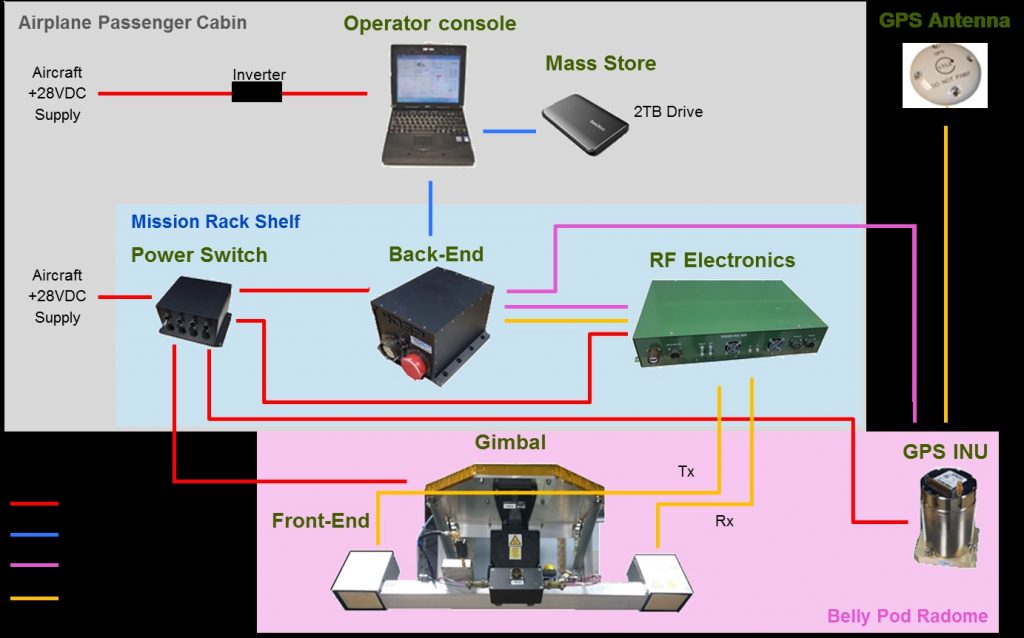Lead Organisation: Airbus Defence and Space Ltd.
Project Lead: Yvonne Munroe
Maritime surveillance has historically been a top priority for security and defence agencies all around the world. The problems of global maritime surveillance are the immensity of the area to cover: more than 3.6 x 108 km2; the necessary low data latency: typically less than 1h; and the required revisit time: typically less than 2h. Although different users might have slightly different needs, these numbers illustrate the problem and present the challenge of ocean monitoring.
Currently, global maritime surveillance is addressed by combining information from several systems including optical, Synthetic Aperture Radar (SAR), and AIS spaceborne sensors. Of these, SAR is the most reliable payload for ship detection, offering all-weather day and night capabilities. However, SAR instruments require large antennas, and are bulky and power hungry.
These features result in significant costs that are then multiplied by the required number of satellites needed for global timeliness and coverage. Although SAR instruments are excellent for detecting ships, many of the features of a traditional SAR are not needed in a system for pure maritime surveillance ship detection. With this in mind, Airbus Defence and Space has recently proposed a new kind of radar, specifically designed for ship detection and referred to as SPIDER (Ship Position and Detection Radar). This innovative concept provides ship position, detection, and tracking capabilities. Being a designed-for-purpose payload, SPIDER significantly reduces the DC power consumption, the required downlink data-rates, and the antenna size with respect to SAR systems, resulting in a lightweight highly efficient instrument.
The work undertaken includes the implementation, validation, and verification of a SPIDER airborne proof-of-concept demonstrator from an existing preliminary design based on COTS components. The technology for the demonstration implements a compact lightweight design that can be adapted to an existing aircraft pod making the approach cost-efficient.
The airborne campaign demonstrated the proposed ship detection concept and demonstrated the results for relevant maritime scenarios.


